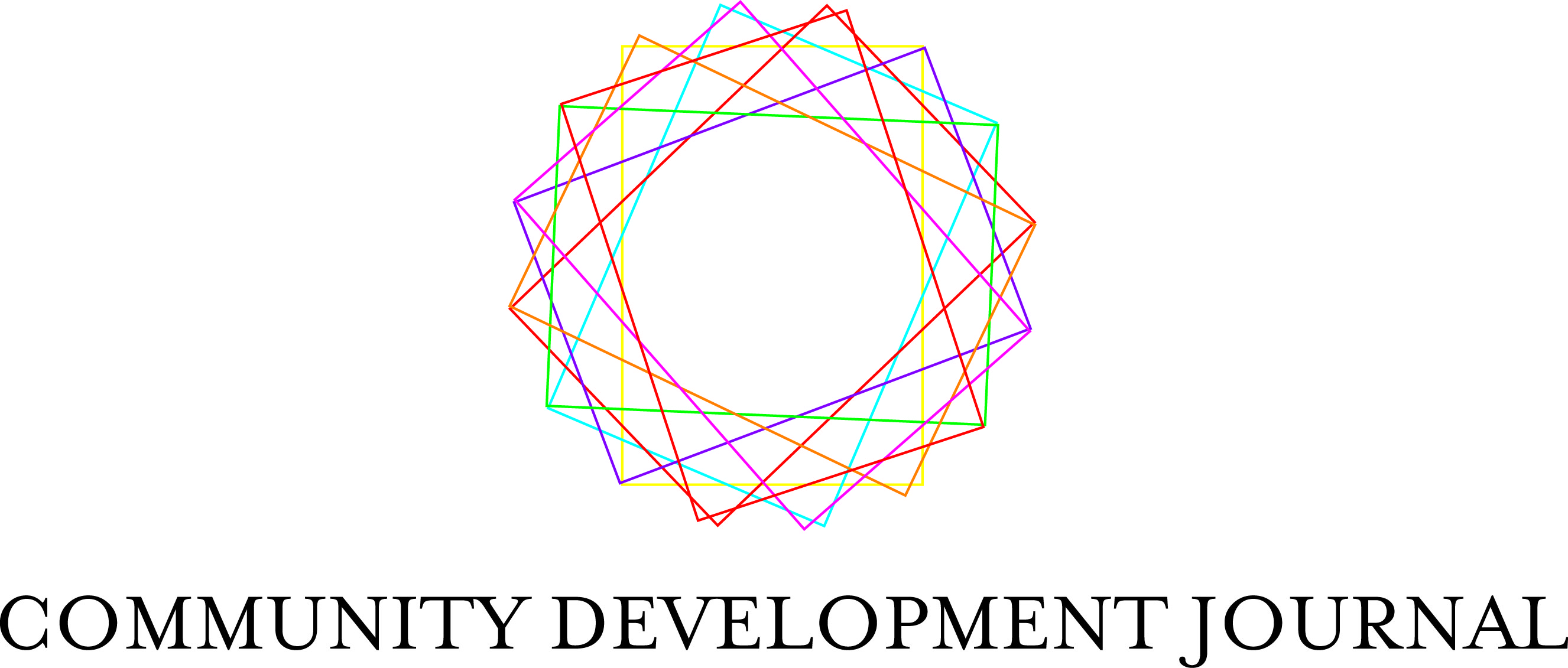
Territorial Stigmatisation In Theory and Practice
Themed Section: Territorial Stigmatisation in Theory and Practice, and its Implications for Community Development
Volume 56, Issue 2 of the CDJ includes our fourth ‘Themed Section’, and it focuses on ‘Territorial Stigmatisation’. ‘Themed Sections’ provide readers with an entrée to evolving fields of study and highlight the ‘state of the art’ with respect to the associated academic research and theory. As a way of extending the discussion about ‘Territorial Stigmatisation’, we are publishing these online interviews with authors who have contributed to the ‘Themed Section’. These recorded conversations provide viewers with an opportunity to meet the authors and to get a flavour of the articles. Please feel welcome to link back to the articles themselves.
#1 CDJ – Online Interviews – Territorial Stigmatisation – Rasmus Birk & Mia Fallov
Rasmus H Birk and Mia Arp Fallov talk with Rosie Meade about the content of their article, about Denmark’s infamous ‘Ghetto List’ and about the interstitiality or ‘in-betweenness’ of community work in Denmark and its place within the wider architecture of the welfare state.
Their article is available at: Between a rock and a hard place: State-led territorial stigmatization, informal care practices and the interstitiality of local community workers in Denmark
#1 CDJ – Online Interviews – Territorial Stigmatisation – Rasmus Birk & Mia Fallov – Audio Version
#2 CDJ – Online Interviews – Territorial Stigmatisation – Alice Butler-Warke
Alice Butler-Warke talks with Rosie Meade about her research on Toxteth, Wacquant’s influence on scholarship about territorial stigma and the value of the concept ‘place based stigma’ for acknowledging the temporal and spatial diversity of stigma.
Her article is available at: There’s a time and a place: temporal aspects of place-based stigma
#2 CDJ – Online Interviews – Territorial Stigmatisation – Alice Butler-Warke – Audio Version
#3 CDJ – Online Interviews – Territorial Stigmatisation – Marcelo Lopes de Souza
Marcelo Lopes de Souza in conversation with Rosie Meade about the concept of the ‘sacrifice zones’; the significance of the conjunction ‘environment–territory–place’ for understanding the distinct and interrelated dimensions of spatialized inequality and exploitation; the intersections of state and capital, and their implications for community development; the status of community development in Brazil; and some reflections on Paulo Freire’s legacy.
His article is available here: ‘Sacrifice zone’: The environment–territory–place of disposable lives
#3 CDJ – Online Interviews – Territorial Stigmatisation – Marcelo Lopes de Souza – Audio Version
#4 CDJ – Online Interviews – Territorial Stigmatisation – Martin Power
Martin Power in dialogue with Rosie Meade about the research he and his colleagues have undertaken in Limerick city; the value of ‘territorial stigmatisation’ as a concept and what it reveals about symbolic power; the impacts of territorial stigma on working class communities in Limerick; the diverse forms that community resistance takes; and the limits and possibilities of resistance in contexts of structural inequality and oppression.
Martin co-authored his CDJ article with his University of Limerick colleagues, Amanda Haynes and Eoin Devereux. It can be accessed from here: Indelible stain: territorial stigmatization and the limits of resistance
#4 CDJ – Online Interviews – Territorial Stigmatisation – Martin Power – Audio Version
